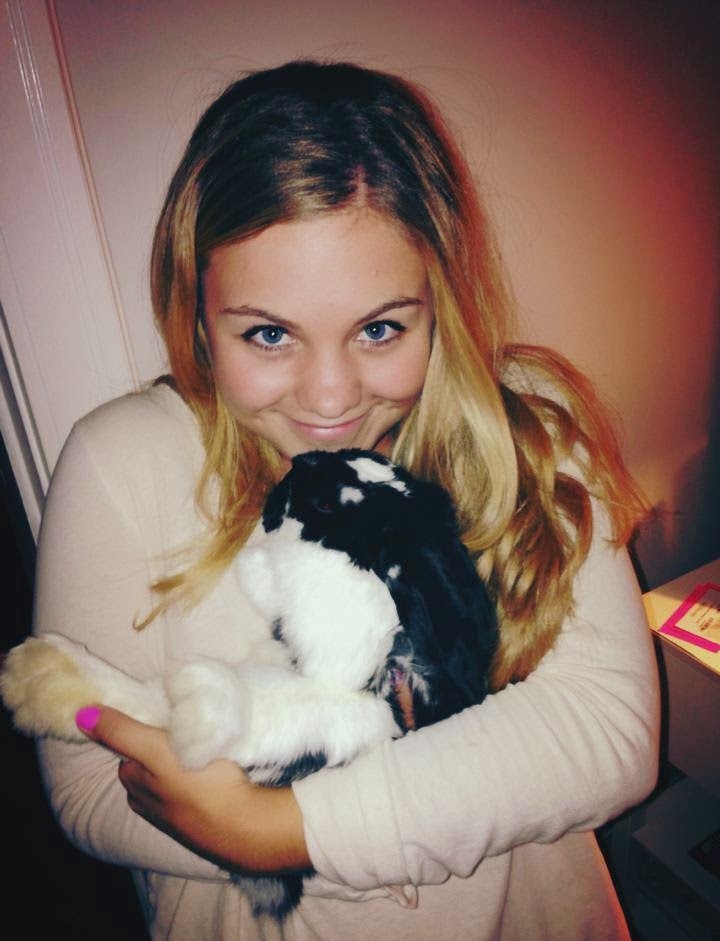Welcome back to The Retailbound Blog, the ultimate source of all things retail. I am Evie McQuiston, the socia l media intern at Retail Bound for the summer of 2014. As previously discussed in my last blog, “Intern Invasion”, today will be my first day dishing out the details designed to help you!
l media intern at Retail Bound for the summer of 2014. As previously discussed in my last blog, “Intern Invasion”, today will be my first day dishing out the details designed to help you!
How many times have you walked into a store and seen an item priced at $15.48, or something equally as random? For myself, it has been countless occasions. However, little do I ask myself WHY this came to be. I just assume the retailer staff decided to have a little fun and randomized a value, or the retailer was taking the competetive edge against other similar retailers who maybe were marketing the product at $15.49. Contrary to both of my prior beliefs, there is a whole process which goes into deciding what to price a certain product.
Prices are not random. An entire strategy is involved. On the one hand, profit is key, but price your product too high and units sold will suffer, counteracting the initial belief that the higher price will yield more profit. There are various key factors to be considered.
1. Be honest with yourself about your costs.
Yes, you may know exactly how much it costs you to produce X amount of your product and you may have an initial idea of how much you want to charge, but this is not the end point. Both fixed and variable costs must be assessed. In order to get your product on to the shelf of retailers, a lot must happen behind the scenes. You will be responsible for chrages such as warehouse fees, promotional fees, bar codes, and shelf space fees… and these are just a few! Failure to take these into consideration can lead to a major underpricing of your product and a dissapointing profit.
Retailbound has developed an app to help avoid this for iOS called “iRetail Margin”. You can download it from the app store by clicking here: iRetail Margin App. This is a useful tool to help your produce the best strategy for pricing your product correctly and beneficially.
2. Know your target market.
Though your product may be fantastic, what you value it at may not be what your target market is willing to pay. If your product is primarilly consumed by the customers of a high-end retailer such as Neiman Marcus or Nordstrom, there may be a larger leeway in how high you can price your product, but for value stores such as Walmart and Target, customers demand and expect the lowest possible price. By familiarizing yourself with who you are trying to sell to, you can maximize your profit. However, if you fail to do this, a lot of time and money is wasted. Recognize your key demographic and their spending patterns.
3. Know the effects of over/under pricing
I know, it can be very tempting to charge a high price for your product, hoping the consumer does not know any better, but even the wealthiest consumers look at competitor prices. Overpricing becomes especially dangerous when marketing your product to a price conscious market. It will lead to a decrease or even a lack in sales, leaving you with a bulk product you cannot move.
Under pricing can be equally as dangerous. Though you may feel pricing your product lower will give you a competetive edge, it could yield little to no profit and actually end up costing you more. Make sure all your other costs are taken care of. You also do not want your product to be priced drastically lower than similar products for fear of what conclusions the consumer may draw. They may view the product as inferior or cheaper than its competitors.
My next blog intends to address the rise of social media and one of the most imperative marketing tools for businesses of every variety.
Thanks for tuning in, and I hope you learned a little something.
Don’t forget to follow us on social media and sign up for our newsletter by clicking here: Retailbound Newsletter

Looking for something else?
Contact
© 2020 | Retailbound, Inc | All Rights Reserved | Designed By Sociolus
